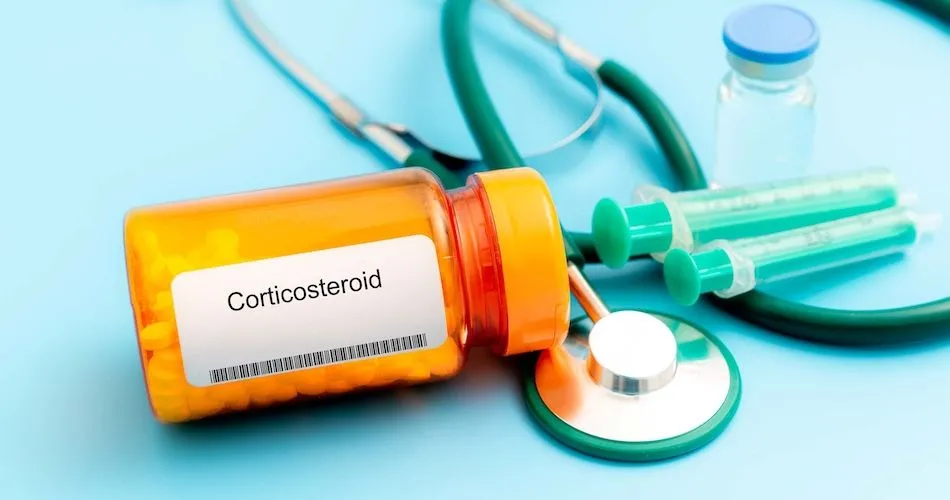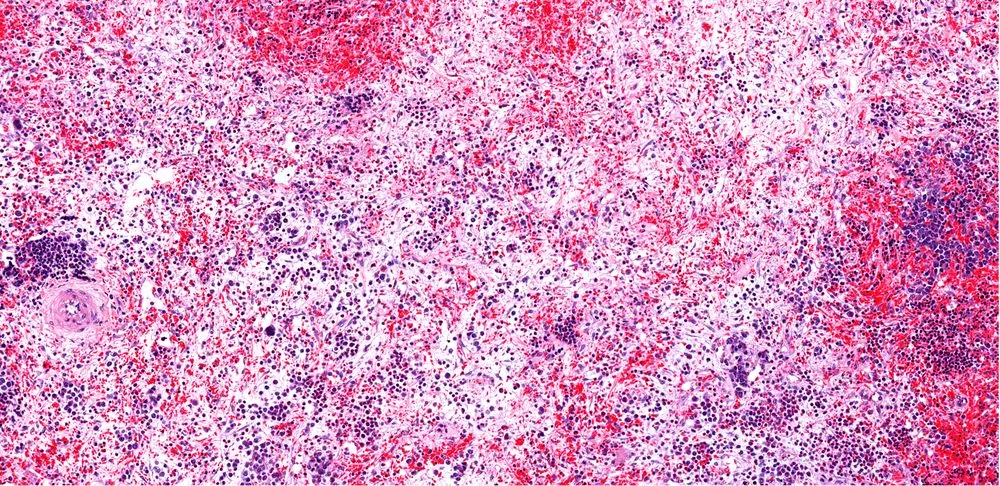Understanding Antithymocyte Globulin (ATG) Treatment for Myelodysplastic Syndromes

Myelodysplastic syndromes (MDS) are a group of blood disorders that develop when the bone marrow doesn't produce enough healthy blood cells. This happens because of problems with the stem cells in the bone marrow, which are responsible for creating new blood cells.
For some patients with lower-risk MDS, a treatment called Antithymocyte globulin (ATG) might be an option. ATG has been used since the early 1990s to suppress the immune system, which can help the bone marrow recover and start producing healthy blood cells again.
How Does ATG Work?
In some MDS patients, the immune system mistakenly attacks the bone marrow stem cells. ATG is an intravenous therapy that helps by targeting and reducing these attacking immune cells (specifically T-cells). This allows the bone marrow to regenerate and produce more healthy blood cells, potentially reducing or even eliminating the need for blood transfusions.
Who Might Benefit from ATG Treatment?
ATG is typically considered for patients with lower-risk MDS who are under 60 years old and have high levels of a hormone called erythropoietin, which stimulates red blood cell production.
Doctors may recommend ATG alone or in combination with other medications such as cyclosporine, prednisone, tacrolimus, or etanercept. Factors that might make someone a good candidate for ATG include:
- Lower-risk MDS
- Age under 60
- High erythropoietin levels
- Hypocellular marrow (low number of cells in the bone marrow)
- Specific immune system characteristics (for example, high levels of CD8 memory T cells)
ATG in Bone Marrow Transplants
ATG is also used in patients undergoing allogeneic hematopoietic stem cell transplantation (bone marrow transplant). In this procedure, a patient receives healthy stem cells from a donor. ATG helps prevent the donor's immune cells from attacking the recipient's body (graft-versus-host disease), although in the US cyclophosphamide is more commonly used for this indication.
Potential Side Effects of ATG
While ATG can be beneficial, it's important to be aware of potential side effects, which can include:
- Increased risk of infections
- Nausea and vomiting
- Skin reactions (hives or urticaria)
- Diarrhea
- Dizziness
- Headache
- Allergic reactions
Important Points to Remember
- ATG is an immunosuppressive therapy that can be effective for some patients with lower-risk MDS.
- It works by suppressing the immune system, allowing the bone marrow to recover and produce healthy blood cells.
- ATG might also be used to prevent graft-versus-host disease in bone marrow transplant recipients.
- Like all treatments, ATG can cause side effects, and it's essential to discuss the risks and benefits with your doctor.
Continue learning about MDS treatment with HealthTree University: discover how to prepare for treatment, navigate life post-treatment, and understand what a bone marrow transplant is. Explore all the videos for free in the link below:
HealthTree University for MDS: Treatment Options
Sources:
Myelodysplastic syndromes (MDS) are a group of blood disorders that develop when the bone marrow doesn't produce enough healthy blood cells. This happens because of problems with the stem cells in the bone marrow, which are responsible for creating new blood cells.
For some patients with lower-risk MDS, a treatment called Antithymocyte globulin (ATG) might be an option. ATG has been used since the early 1990s to suppress the immune system, which can help the bone marrow recover and start producing healthy blood cells again.
How Does ATG Work?
In some MDS patients, the immune system mistakenly attacks the bone marrow stem cells. ATG is an intravenous therapy that helps by targeting and reducing these attacking immune cells (specifically T-cells). This allows the bone marrow to regenerate and produce more healthy blood cells, potentially reducing or even eliminating the need for blood transfusions.
Who Might Benefit from ATG Treatment?
ATG is typically considered for patients with lower-risk MDS who are under 60 years old and have high levels of a hormone called erythropoietin, which stimulates red blood cell production.
Doctors may recommend ATG alone or in combination with other medications such as cyclosporine, prednisone, tacrolimus, or etanercept. Factors that might make someone a good candidate for ATG include:
- Lower-risk MDS
- Age under 60
- High erythropoietin levels
- Hypocellular marrow (low number of cells in the bone marrow)
- Specific immune system characteristics (for example, high levels of CD8 memory T cells)
ATG in Bone Marrow Transplants
ATG is also used in patients undergoing allogeneic hematopoietic stem cell transplantation (bone marrow transplant). In this procedure, a patient receives healthy stem cells from a donor. ATG helps prevent the donor's immune cells from attacking the recipient's body (graft-versus-host disease), although in the US cyclophosphamide is more commonly used for this indication.
Potential Side Effects of ATG
While ATG can be beneficial, it's important to be aware of potential side effects, which can include:
- Increased risk of infections
- Nausea and vomiting
- Skin reactions (hives or urticaria)
- Diarrhea
- Dizziness
- Headache
- Allergic reactions
Important Points to Remember
- ATG is an immunosuppressive therapy that can be effective for some patients with lower-risk MDS.
- It works by suppressing the immune system, allowing the bone marrow to recover and produce healthy blood cells.
- ATG might also be used to prevent graft-versus-host disease in bone marrow transplant recipients.
- Like all treatments, ATG can cause side effects, and it's essential to discuss the risks and benefits with your doctor.
Continue learning about MDS treatment with HealthTree University: discover how to prepare for treatment, navigate life post-treatment, and understand what a bone marrow transplant is. Explore all the videos for free in the link below:
HealthTree University for MDS: Treatment Options
Sources:

about the author
Dylan Barrett
Dylan is a freelance medical writer based in Cork, Ireland. He previously worked in independent medical education while living in London and is now collaborating with HealthTree to develop resources for blood cancer patients. His background is in genetics, and he has a passion for innovative scientific research. In his spare time, he enjoys sports, traveling, and spending time with his family and friends.
More on Core Education
Trending Articles
Get the Latest Myelodysplastic Syndromes Updates, Delivered to You.
By subscribing to the HealthTree newsletter, you'll receive the latest research, treatment updates, and expert insights to help you navigate your health.
Together we care.
Together we cure.
3x Faster.









